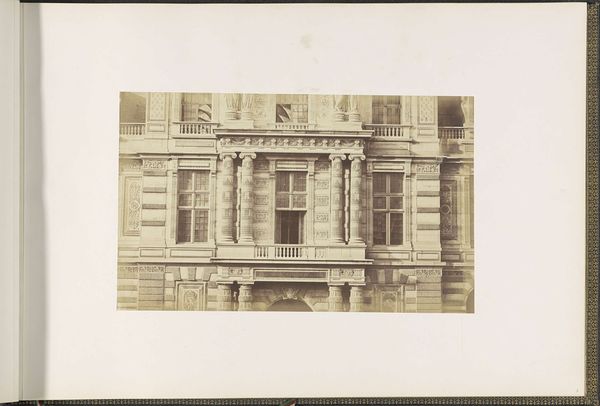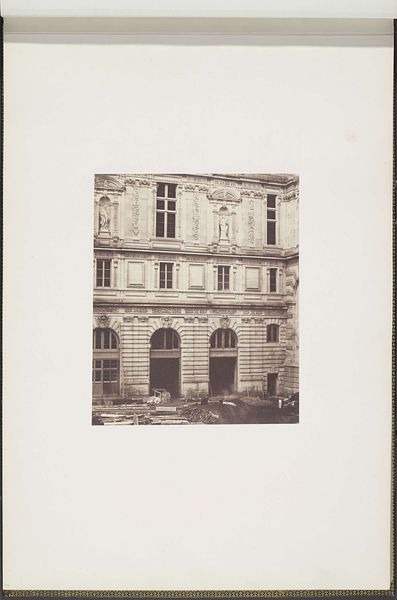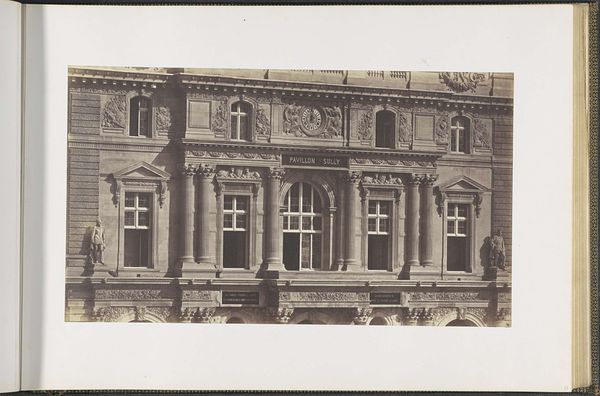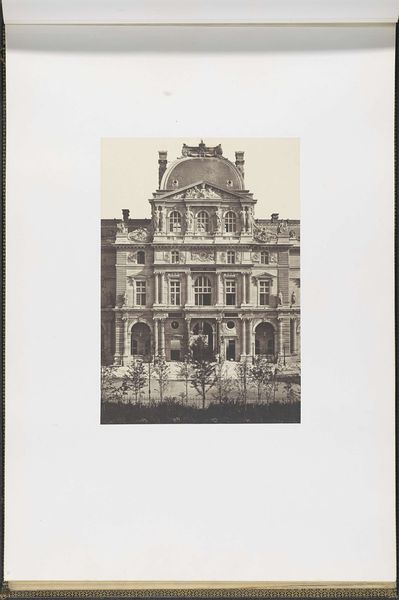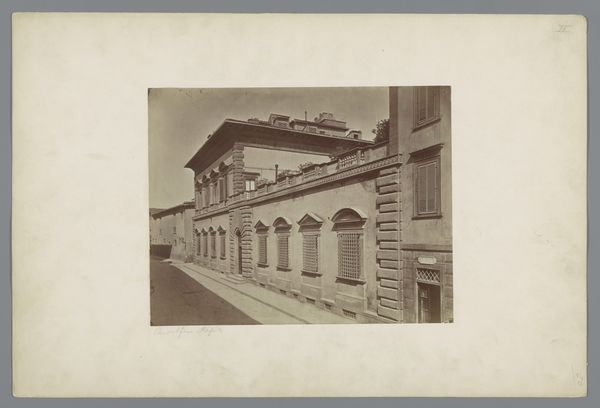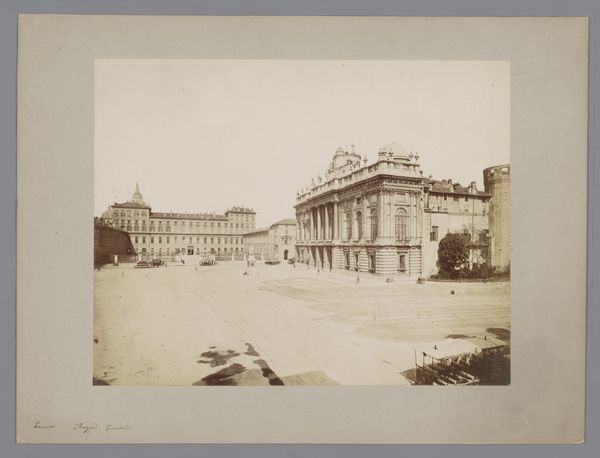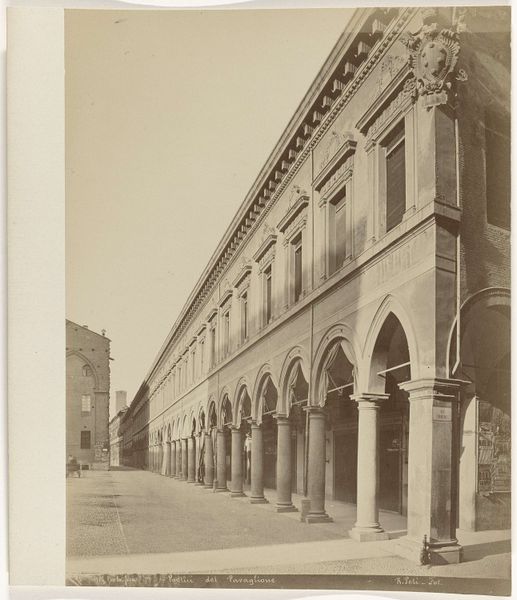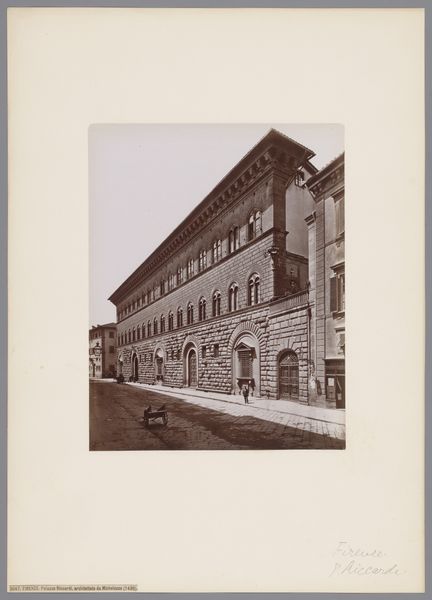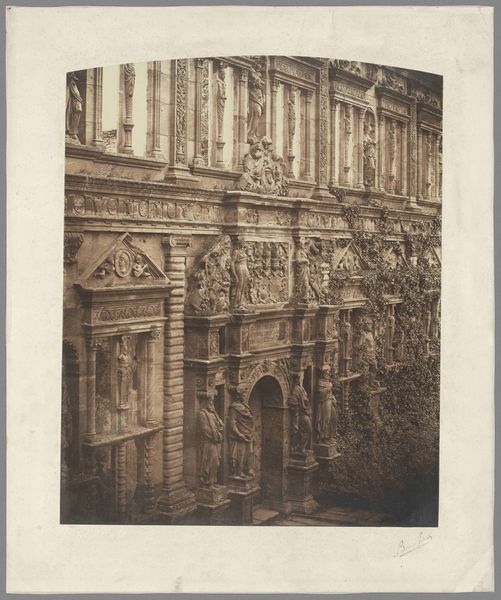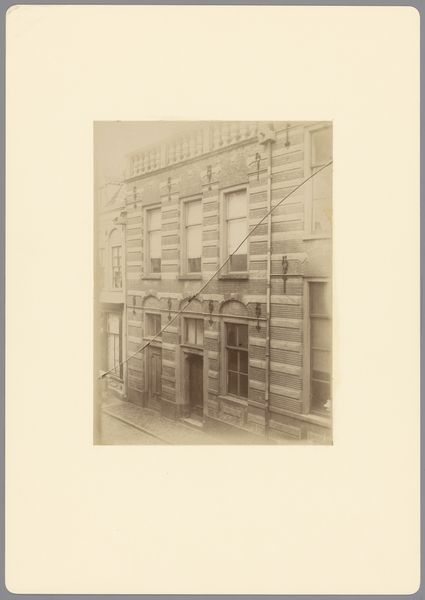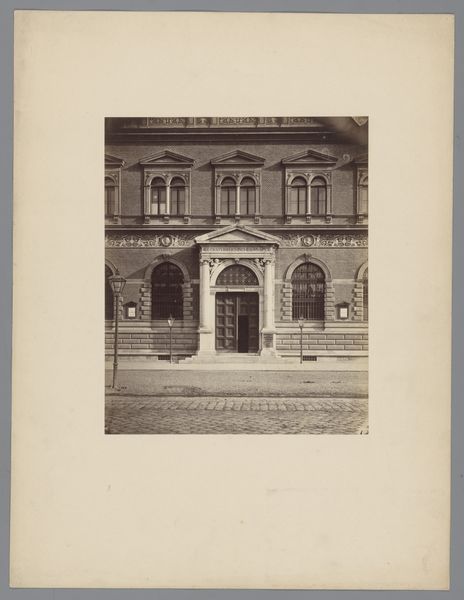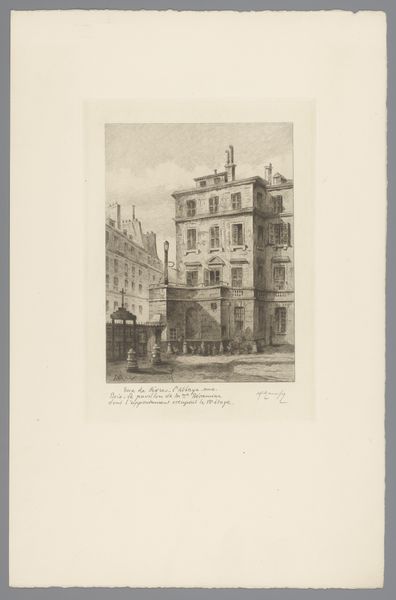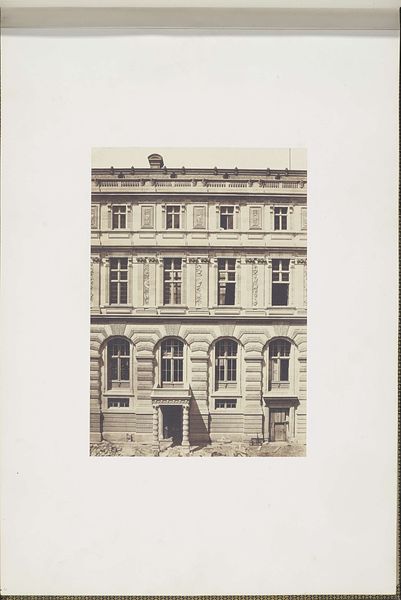
Gevel van het Pavillon Richelieu in het Palais du Louvre en de Rue de Rivoli c. 1857
0:00
0:00
edouardbaldus
Rijksmuseum
photography, collotype
#
photography
#
collotype
#
cityscape
#
realism
#
building
Dimensions: height 376 mm, width 523 mm
Copyright: Rijks Museum: Open Domain
Edouard Baldus captured this albumen print of the Pavillon Richelieu at the Palais du Louvre sometime in the mid-19th century. Baldus’s photograph offers us a glimpse into the transformation of Paris under Napoleon III, and the power of institutions, as seen through its architecture. The Louvre, initially a fortress, had by this point evolved into a symbol of national pride and artistic achievement, an evolution that Baldus captures here. During the 1850s, the Louvre underwent significant expansion. The capture of this long facade shows the refashioning of Paris into a modern, imperial capital. The photograph creates meaning through its depiction of classical architectural style, which evokes the grandeur of French history. The perspective emphasizes the building’s imposing scale, reflecting the power of the state. Understanding the social conditions that shaped this image requires research into the political ambitions of Napoleon III. We can investigate the institutional history of the Louvre itself, along with other primary resources, to fully appreciate this artwork.
Comments
No comments
Be the first to comment and join the conversation on the ultimate creative platform.
